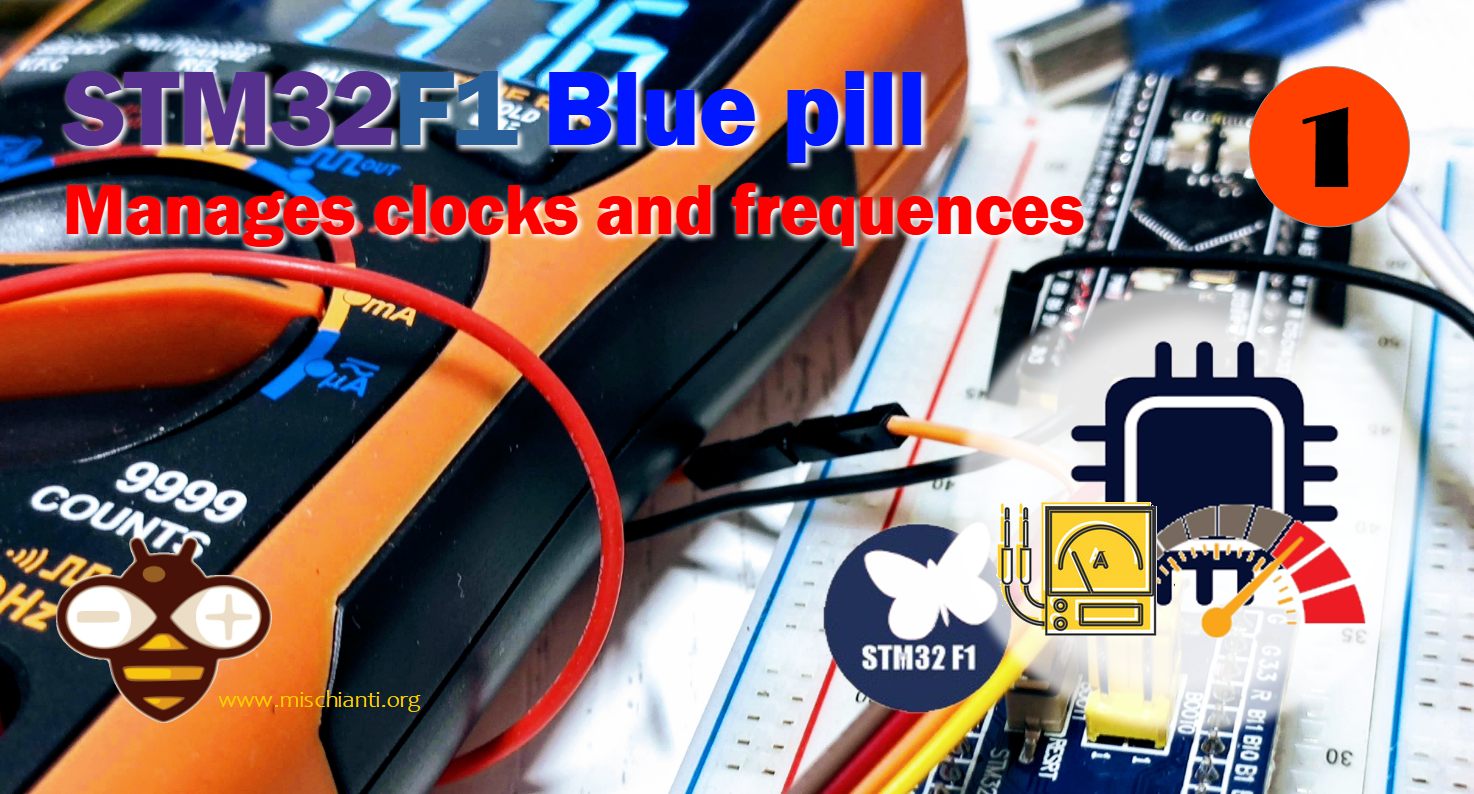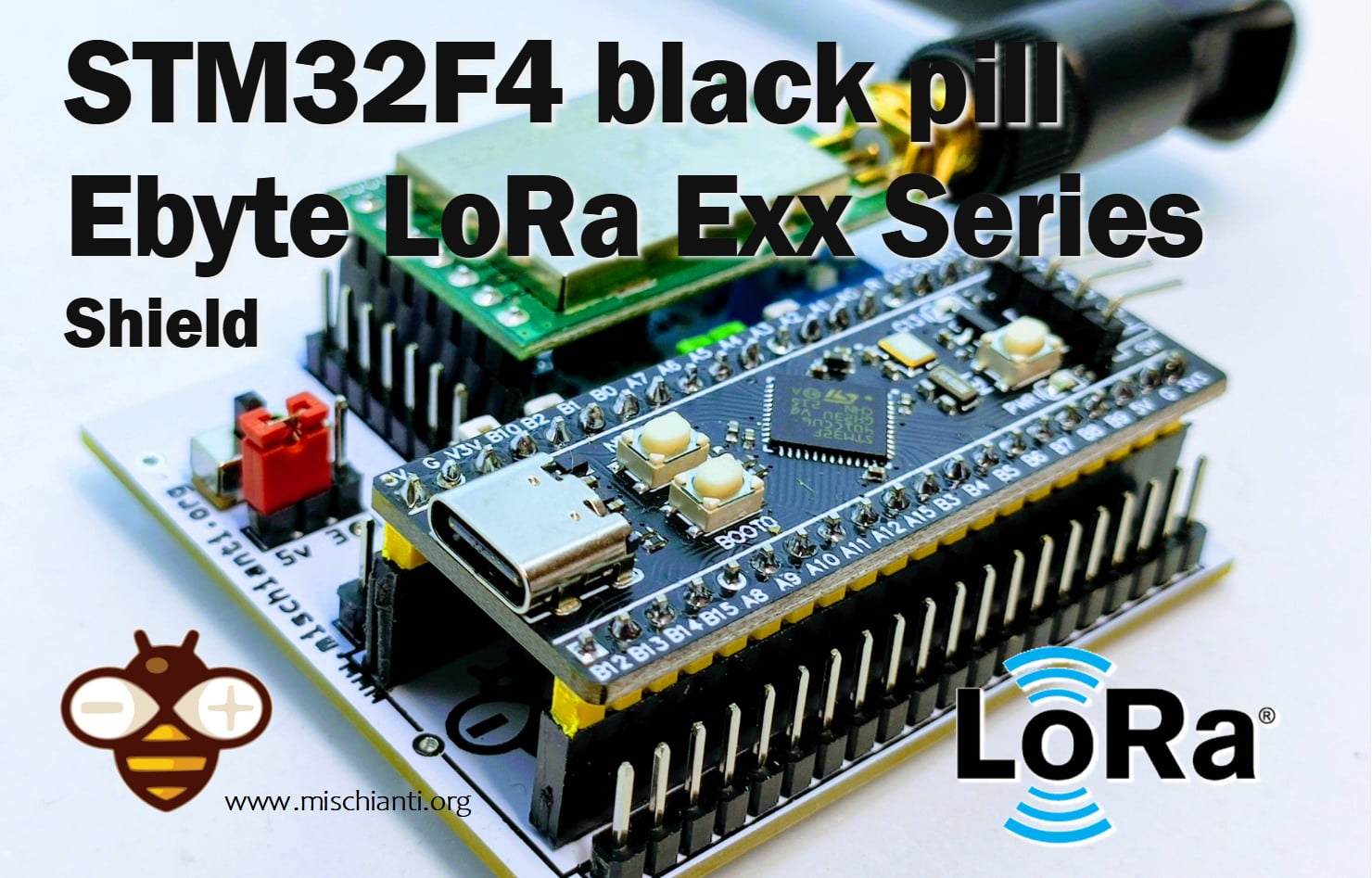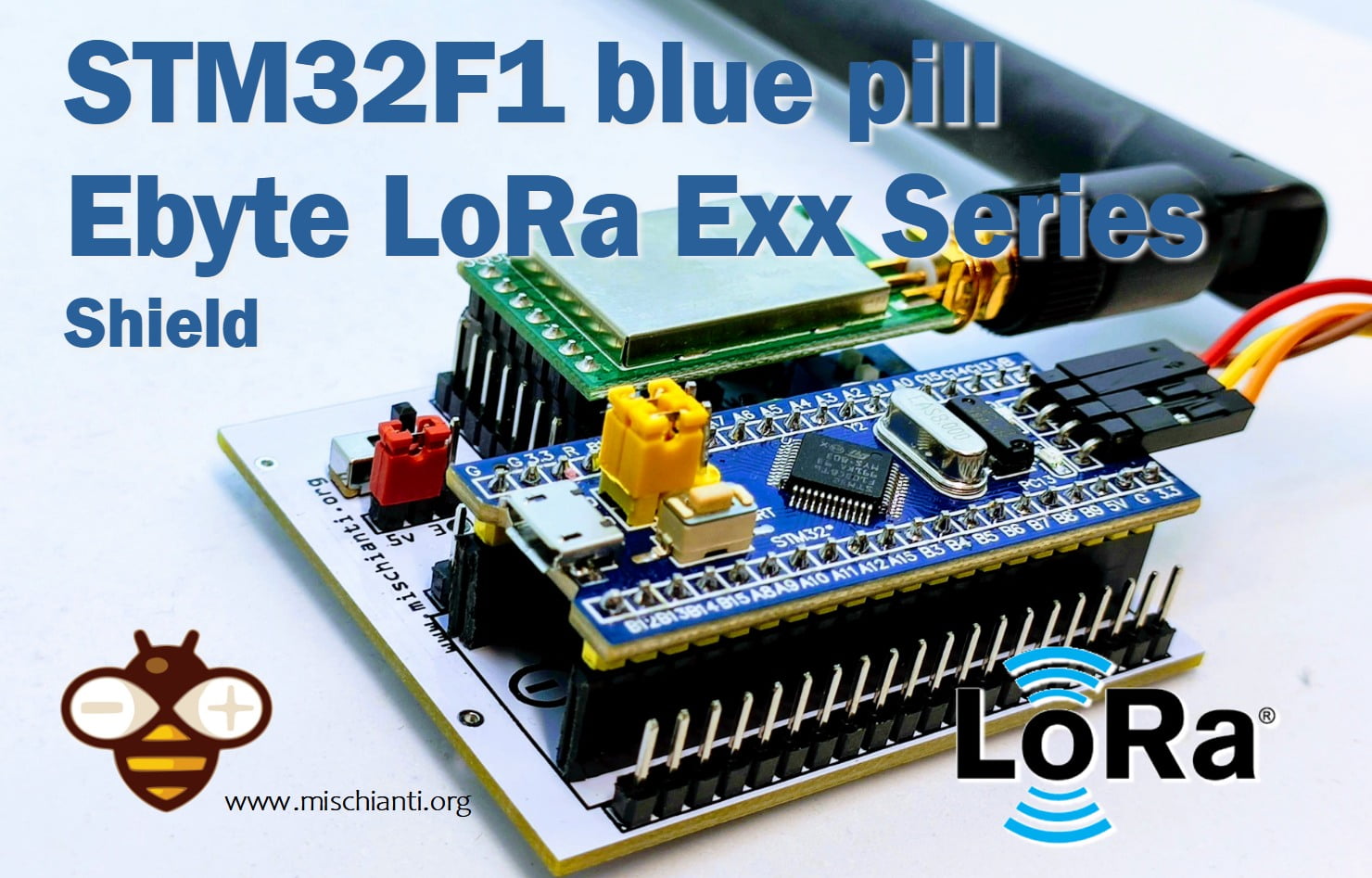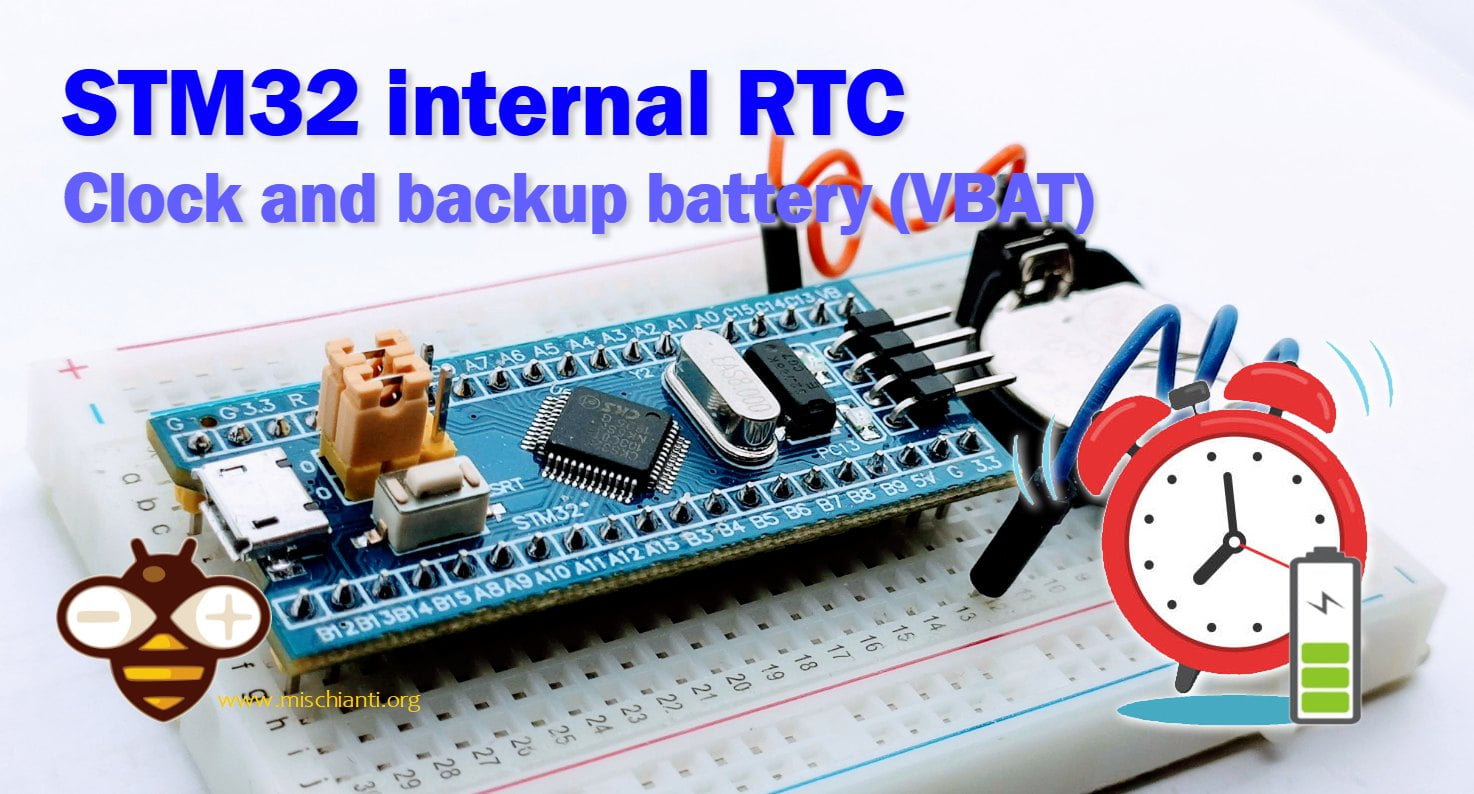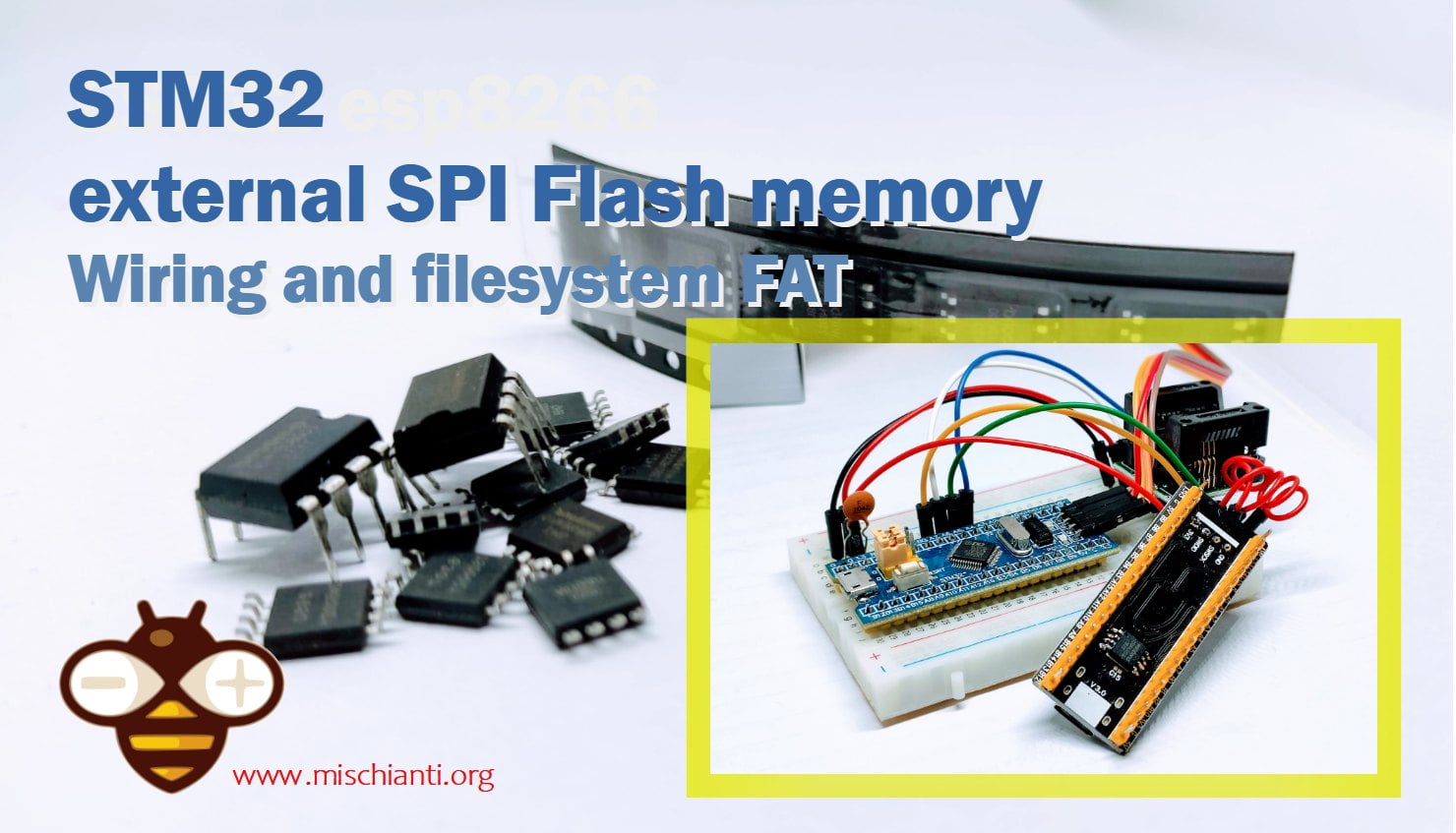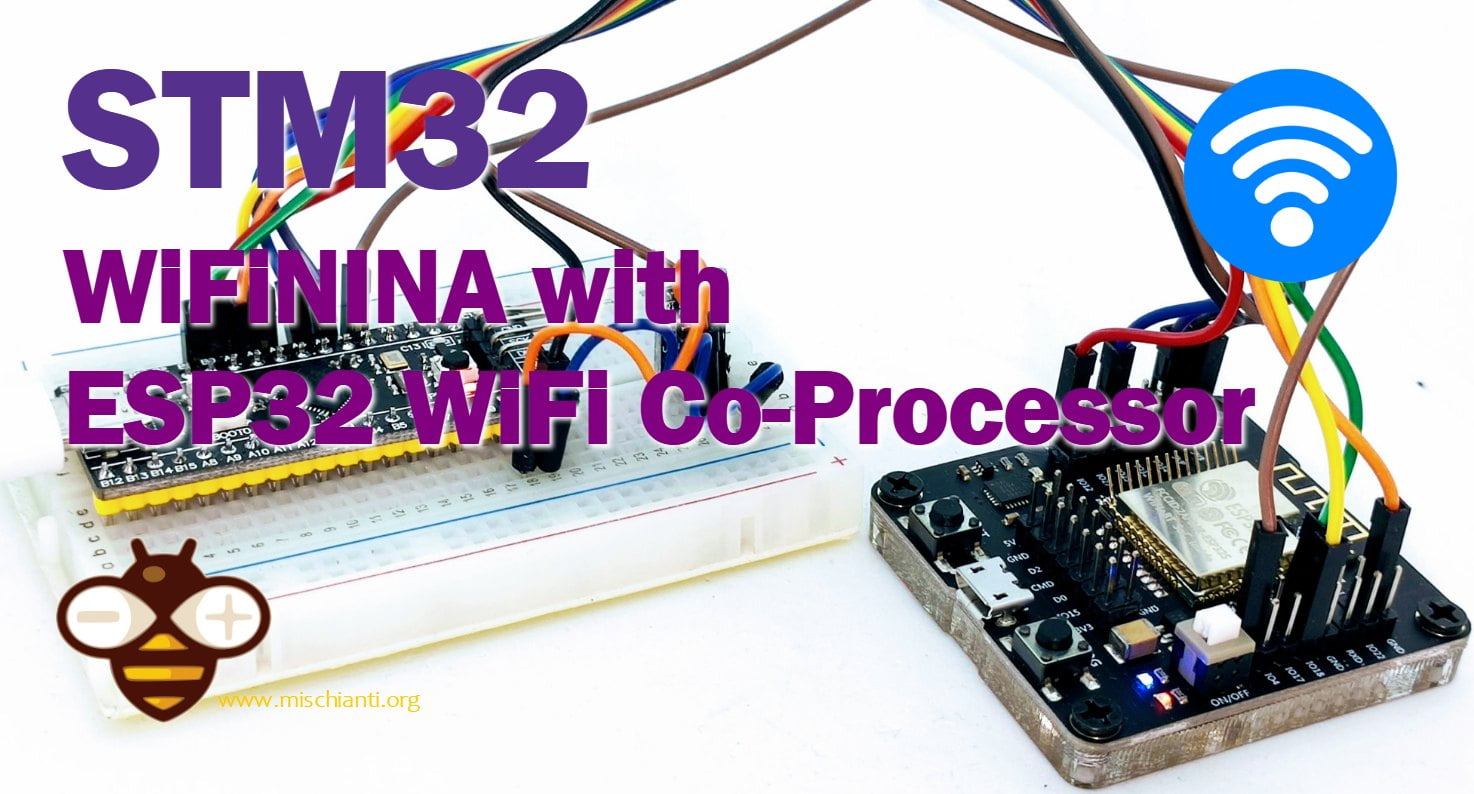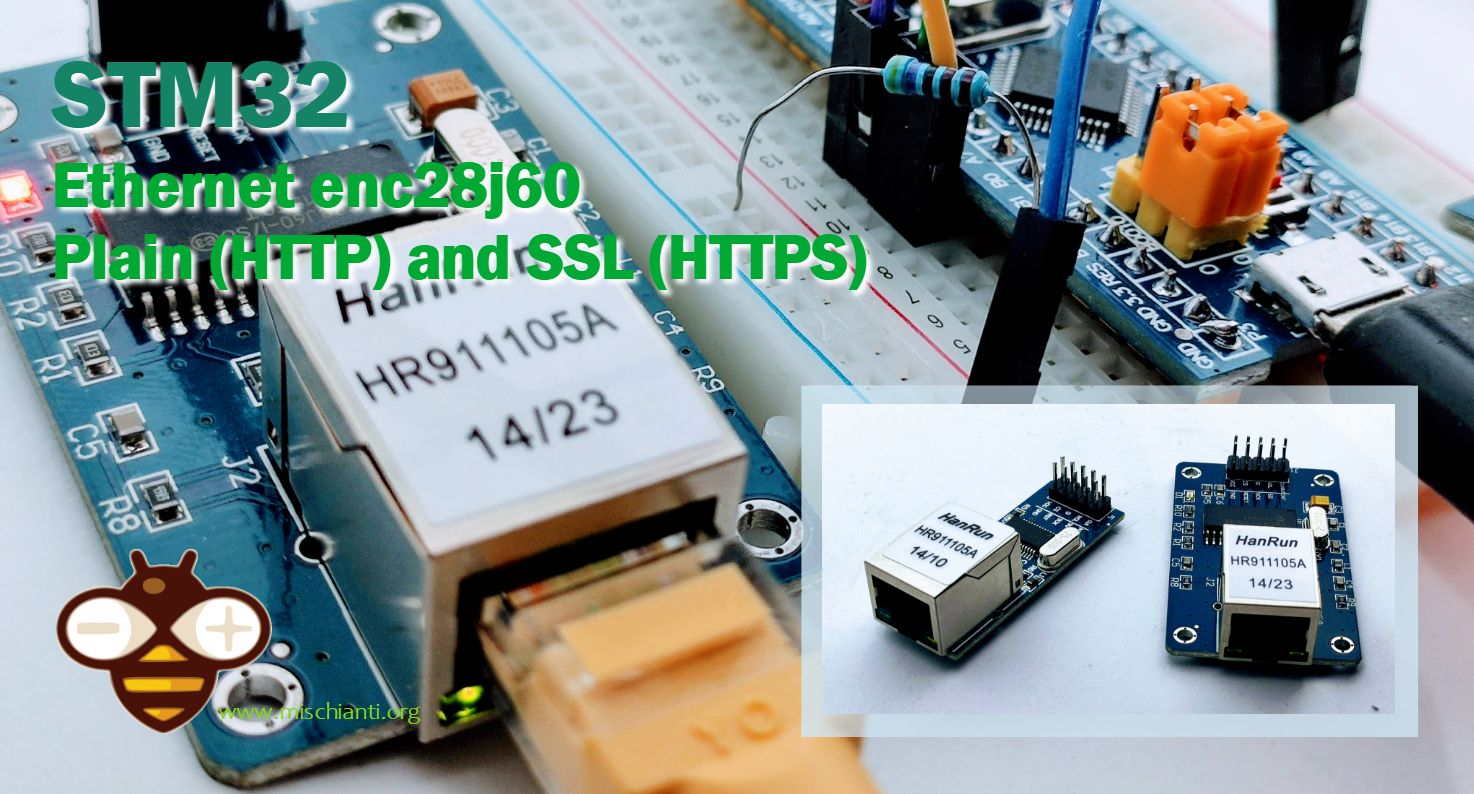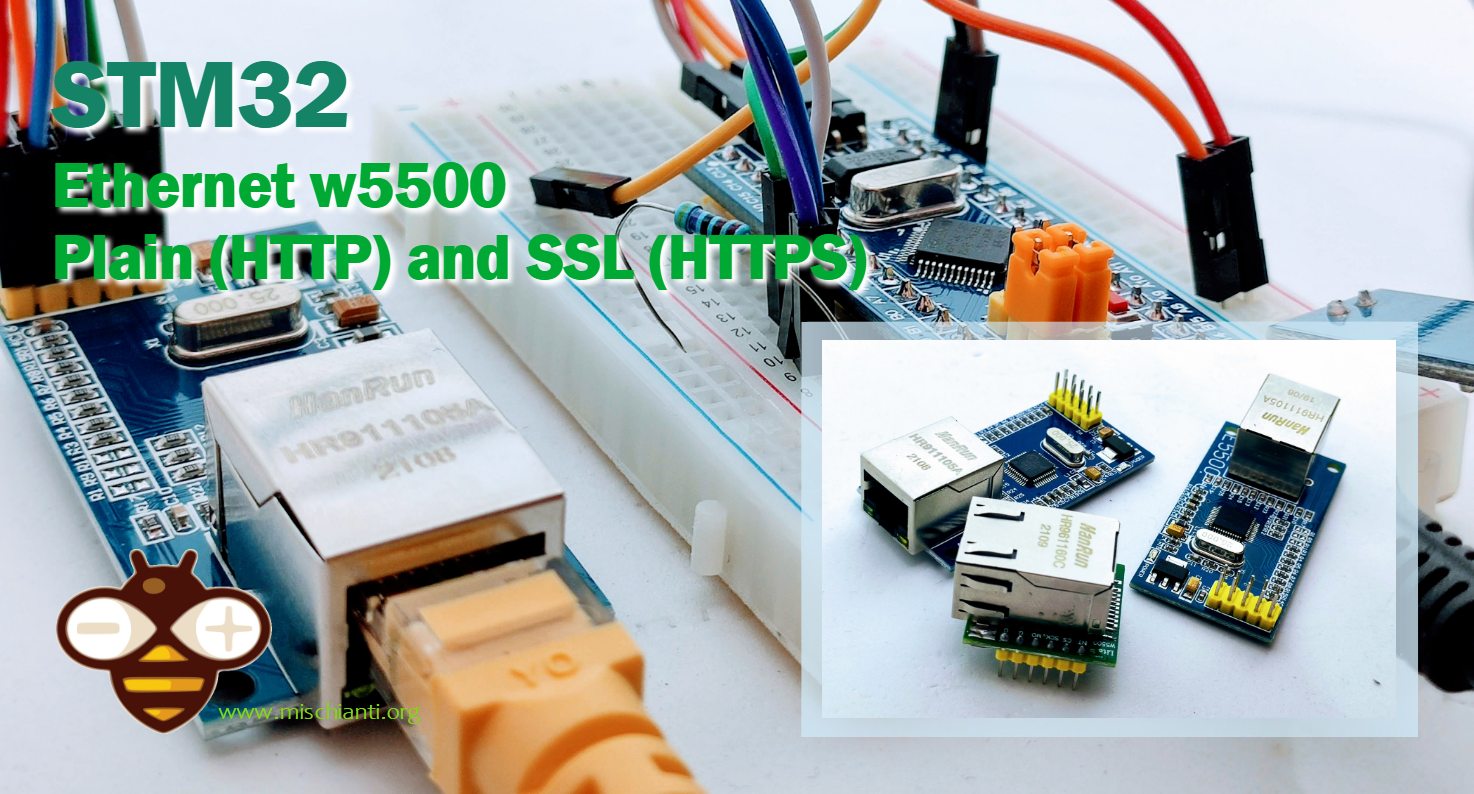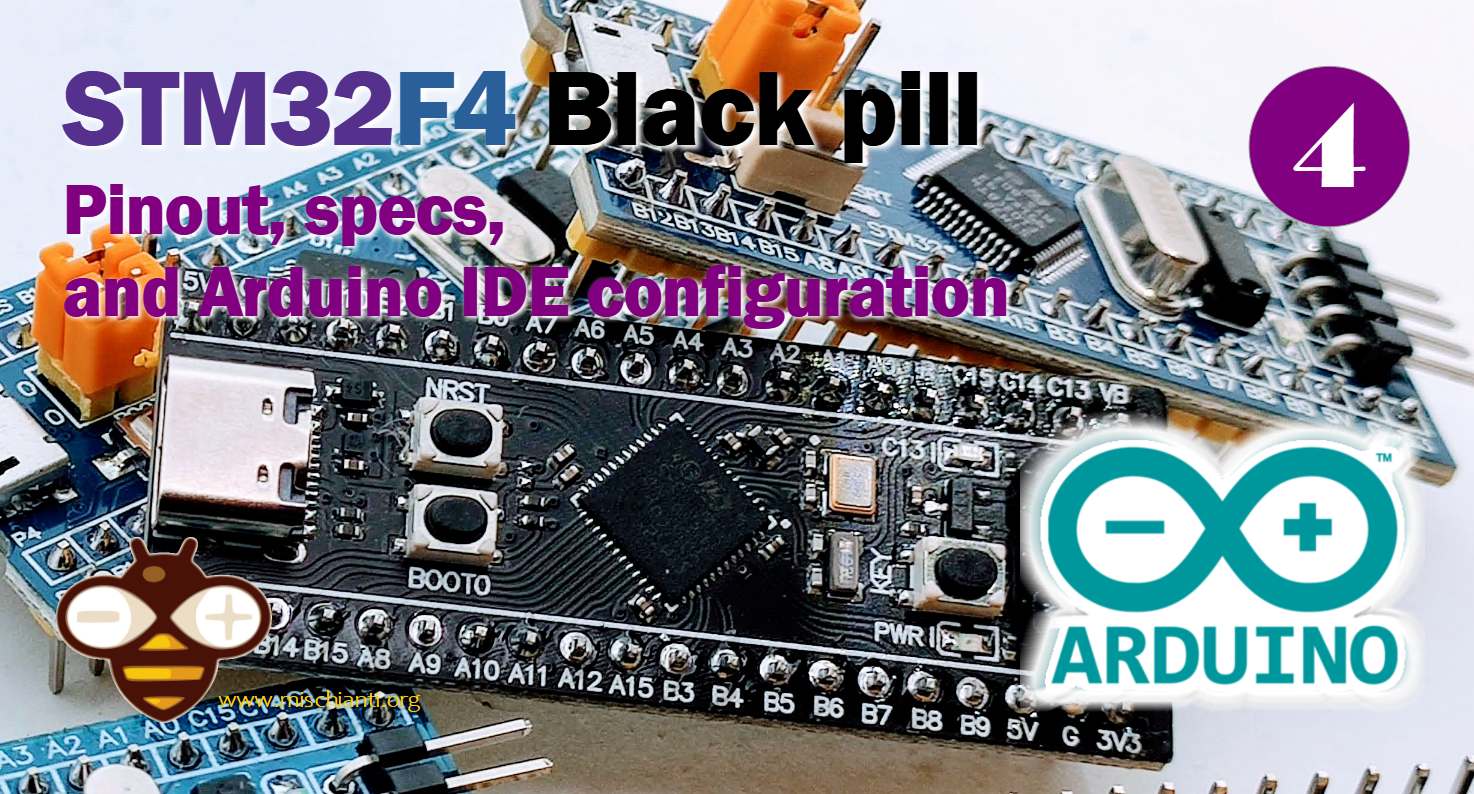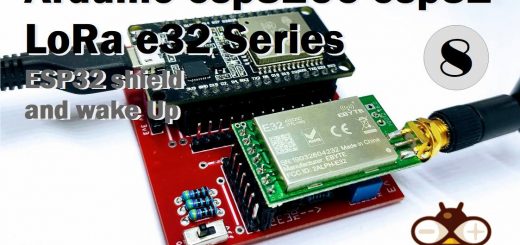STM32 power saving: STM32F1 blue-pill manages clock and frequencies – 1
Mastering clock source and frequency management is vital in STM32 development. The STM32F1, or “Blue Pill,” provides several options to balance device performance and power saving. The STM32F1 sources its clock from an internal RC oscillator (HSI), an external crystal oscillator (HSE), or a Phase Locked Loop (PLL) that can amplify the HSI or HSE for higher frequencies. By carefully choosing and setting up these clock sources, you can greatly optimize your device’s power consumption.

